Contrary to what some might have you believe, American identity can look like many things. These Ellis Island immigration photos prove it.
As a clerk at Ellis Island from 1892-1925, Augustus Sherman was in a unique position to document countless immigrants as they attempted to gain entrance into the United States.
The untrained photographer had an undeniable natural talent: Even with bulky cameras and the time-consuming exposure process they required, Sherman was able to take more than 200 photos — of subjects typically detained for interrogation — that reveal as much about the subjects’ fears as they do the diverse reality of our national heritage:
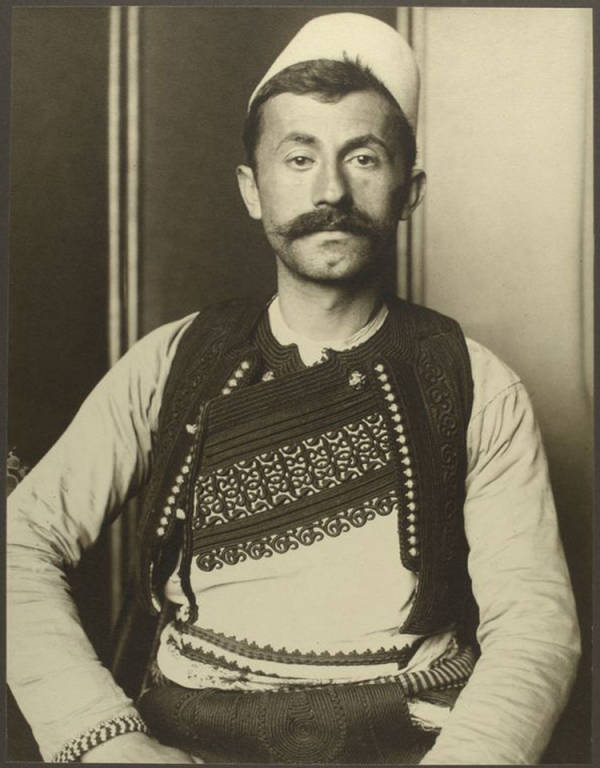
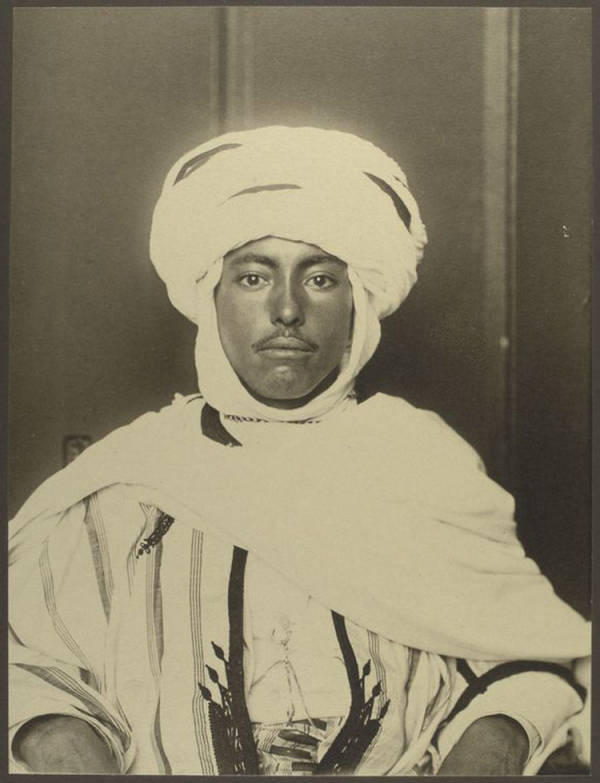


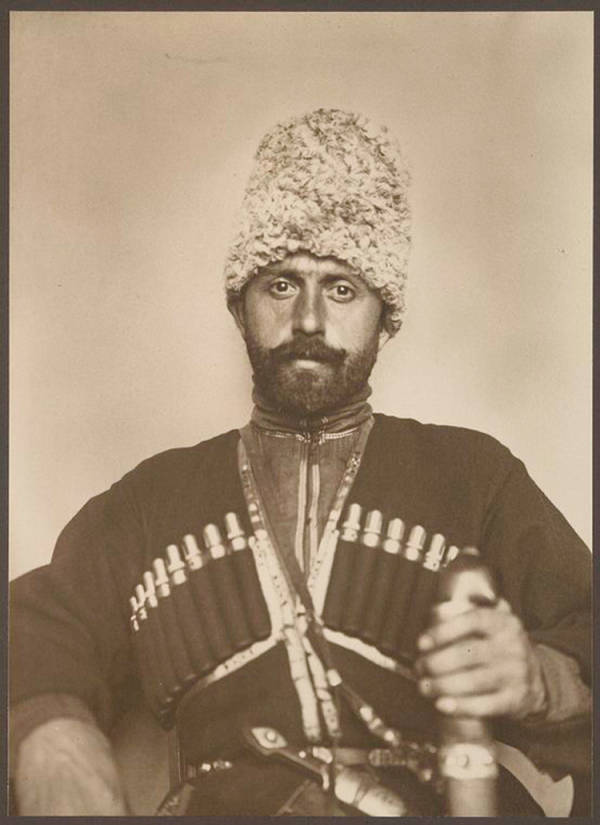
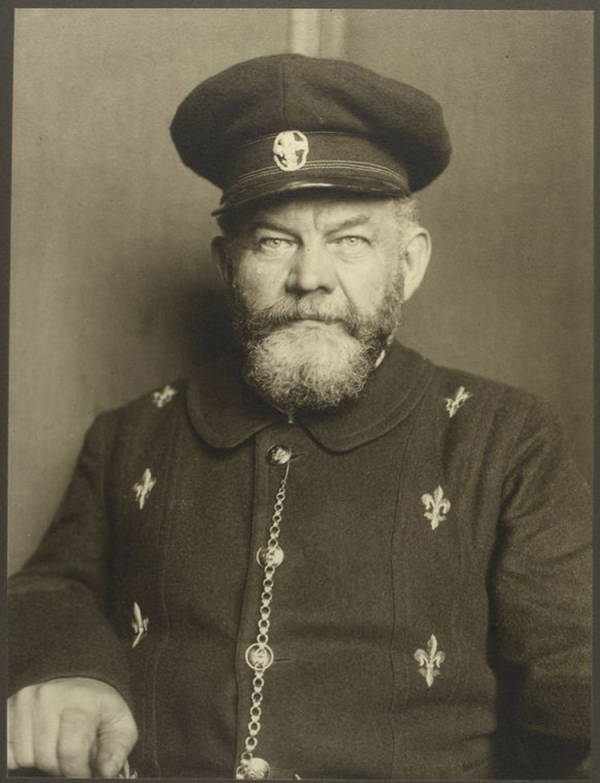


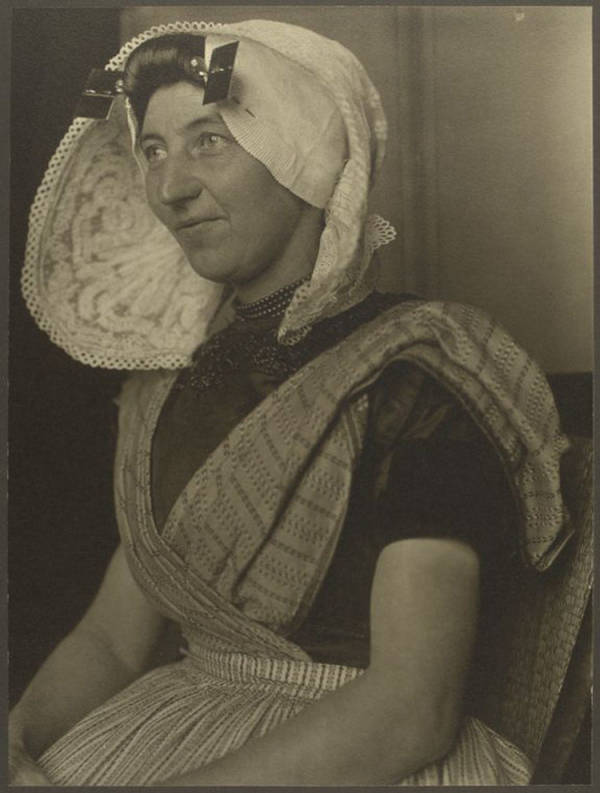
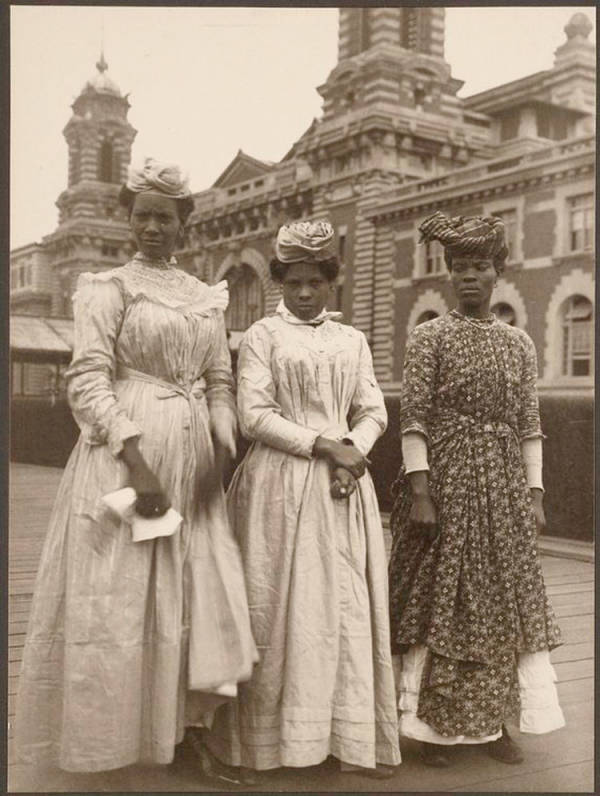

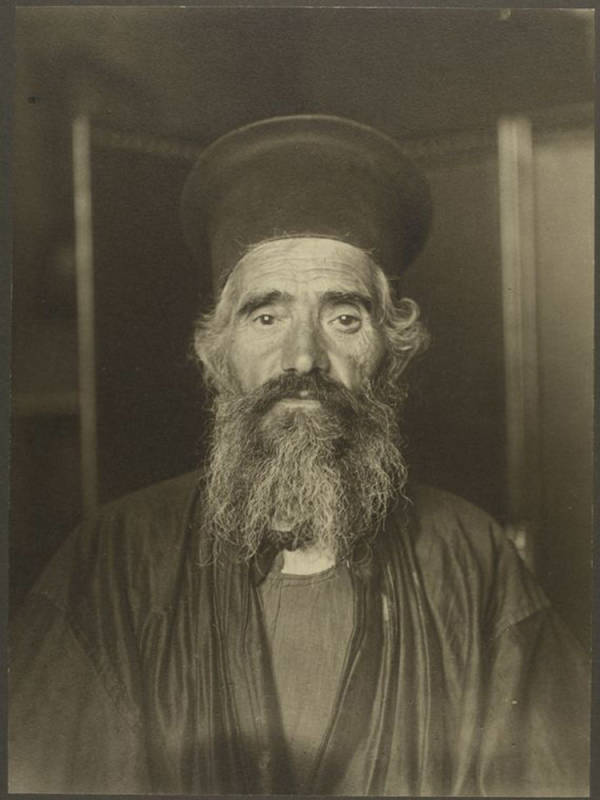
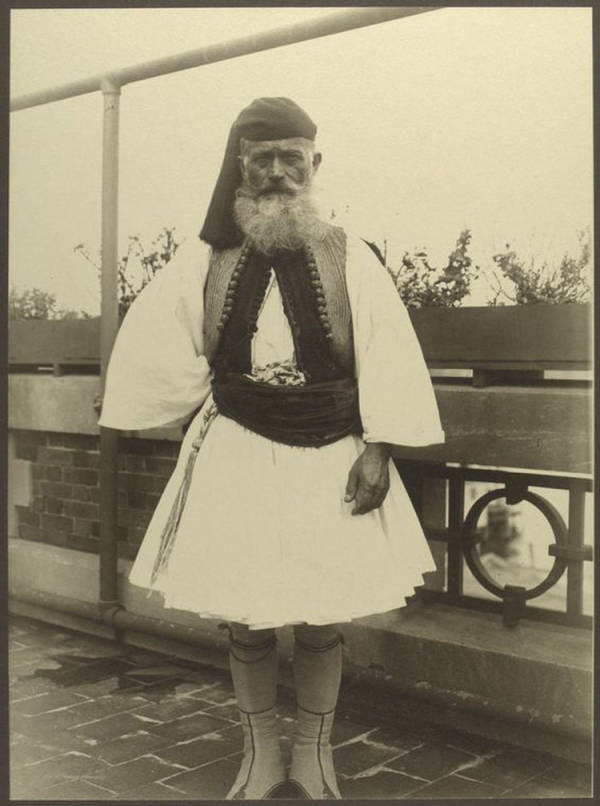
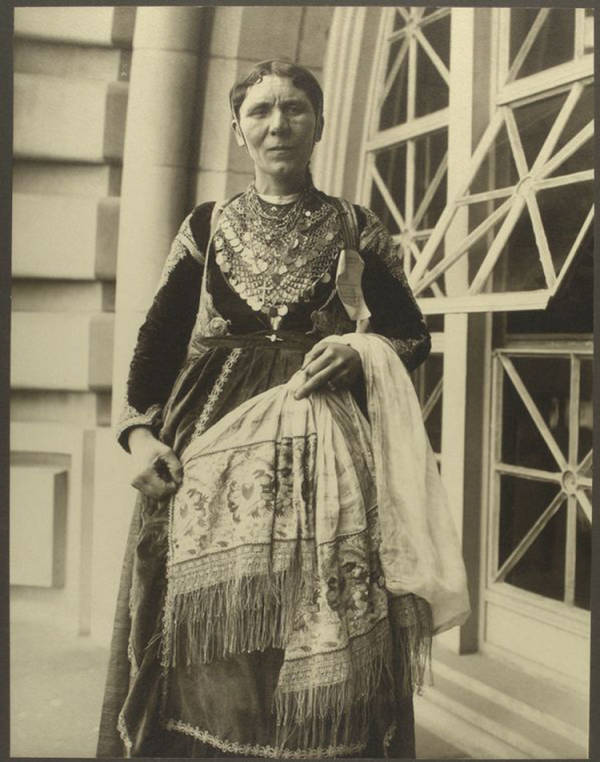
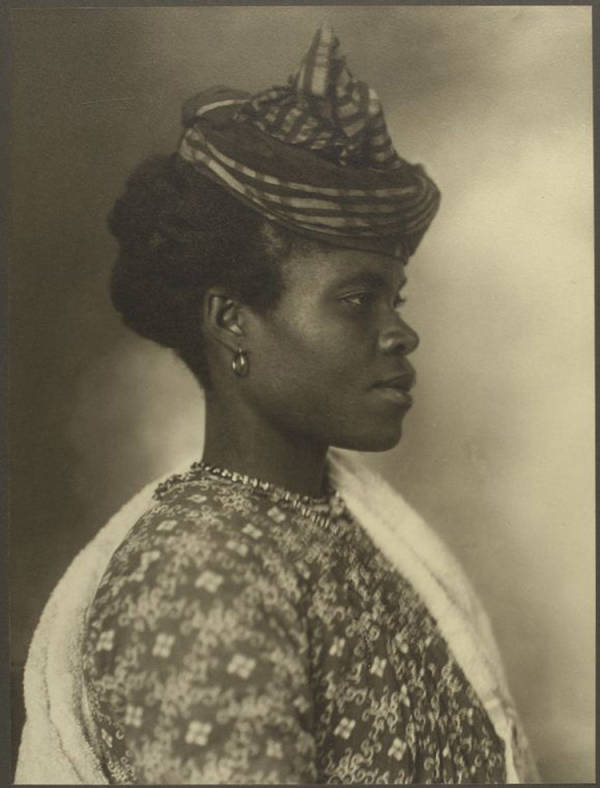


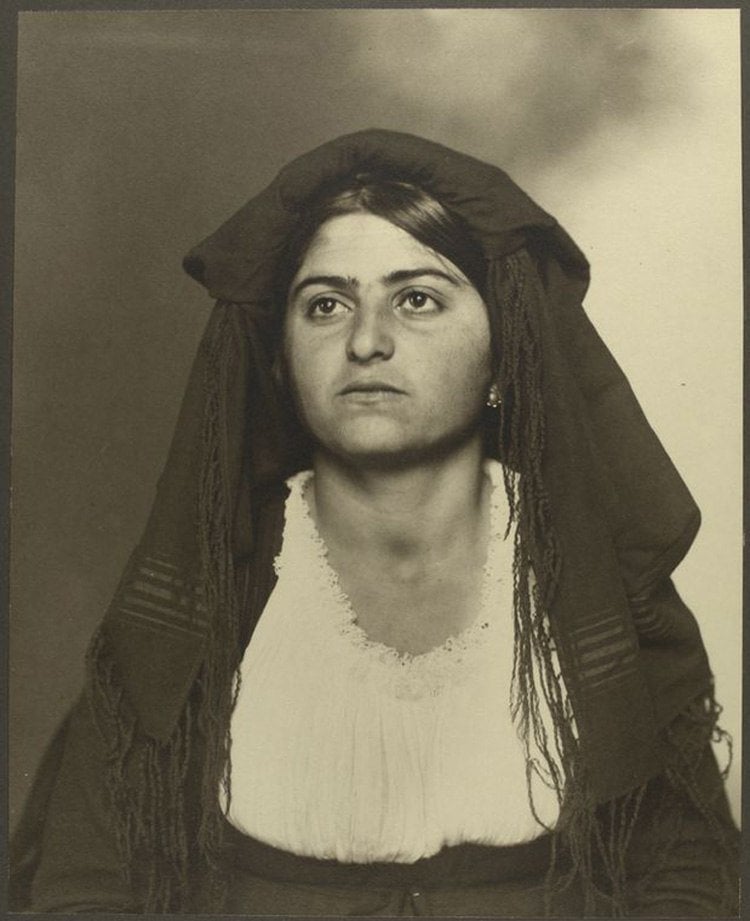




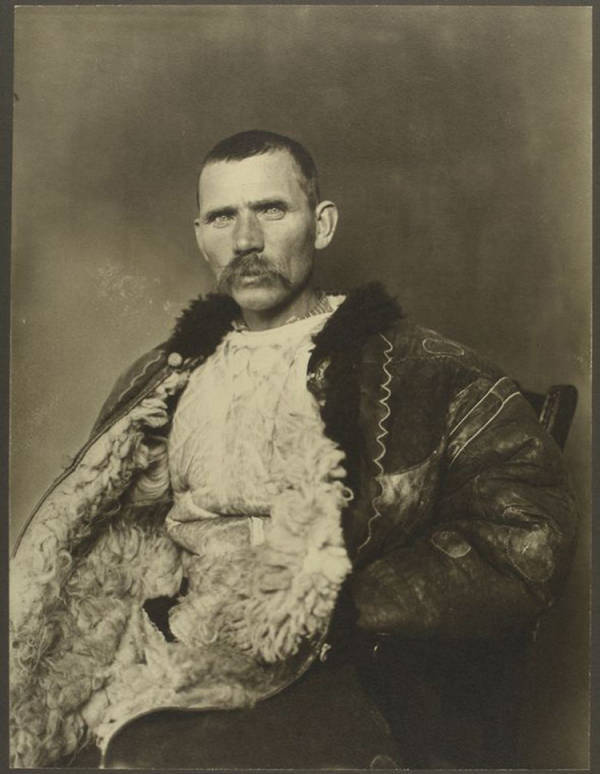
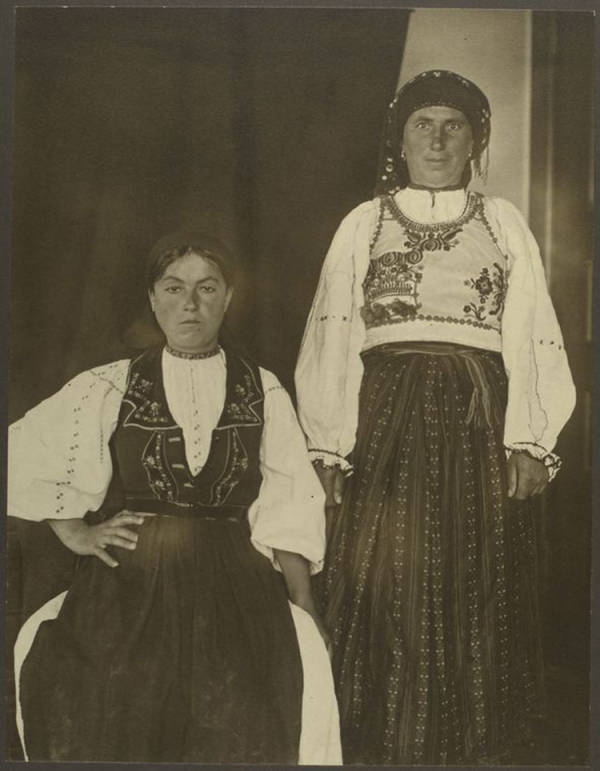
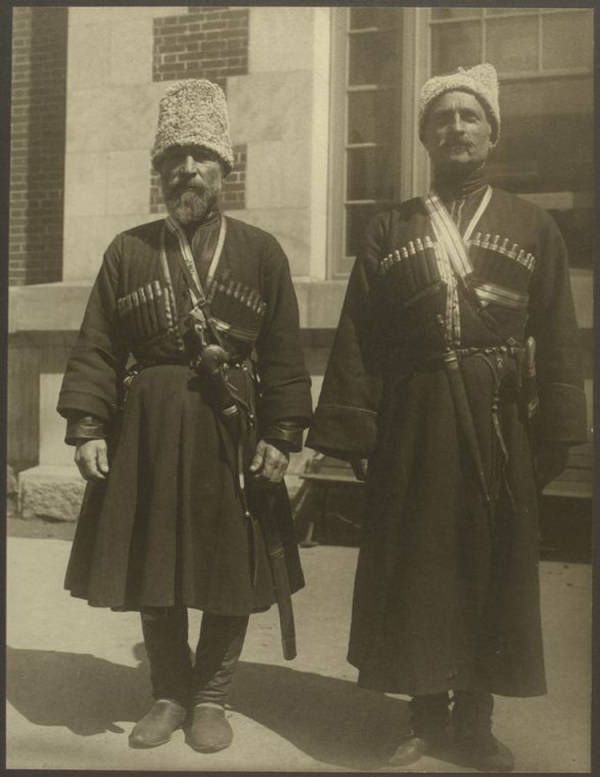





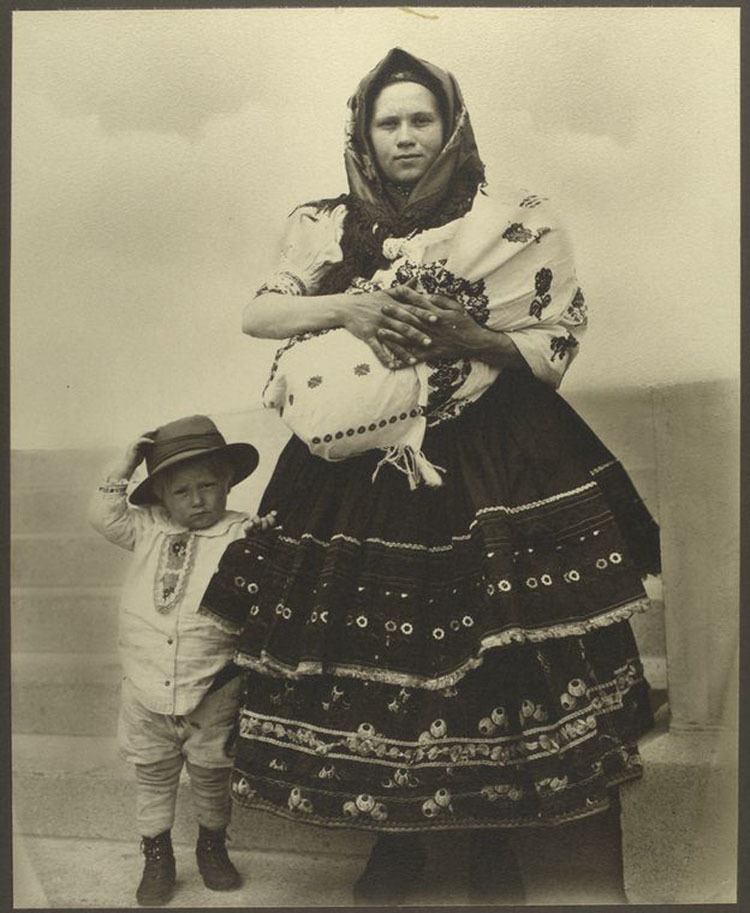

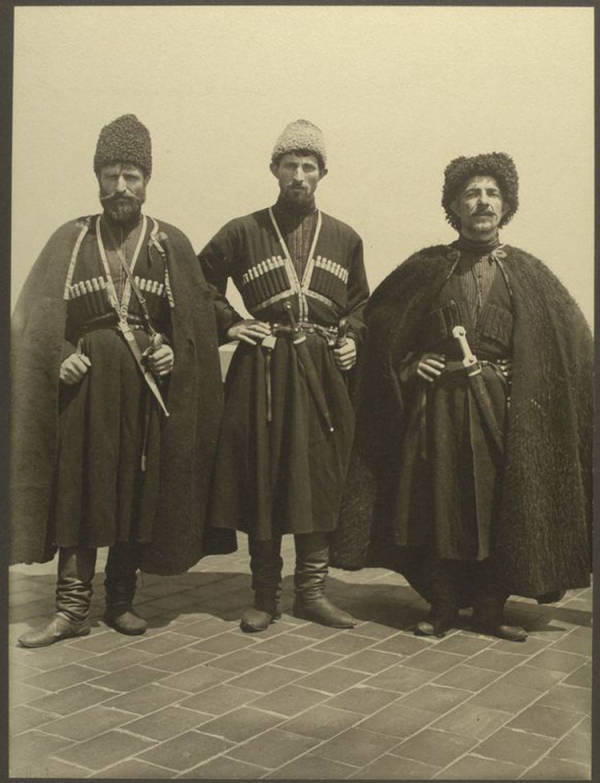


And if you liked this post, be sure to check out these popular posts:
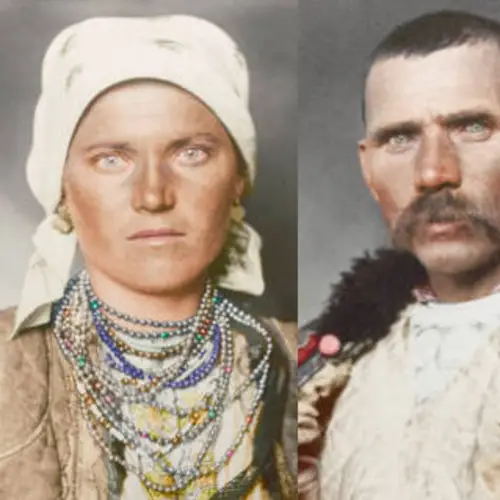
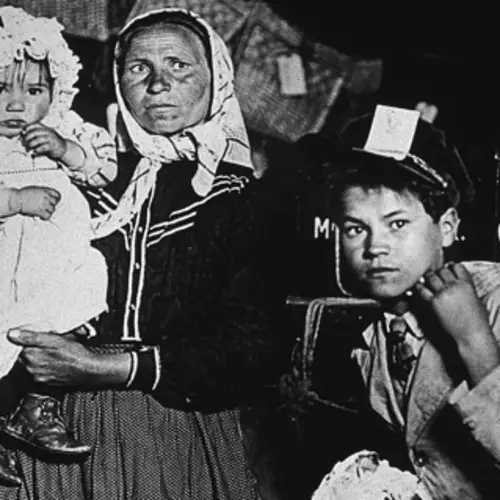

Some hopeful immigrants could be held on Ellis Island for days, or even weeks, before being approved or deported.
Immigrants were given free meals upon arriving — in most cases introducing them to new foods such as bananas and ice cream.
With the U.S. attitude toward becoming increasingly negative, World War I marked the end of mass immigration to America.
About 700 immigrants passed through on the very first day of Ellis Island’s operation, January 1, 1892.
Eighty percent of immigrants were processed and approved in just a number of hours.
The highest number of immigrants to arrive on Ellis Island in a single day was 11,747, on April 17, 1907.
As opposed to wealthier arrivals, poor passengers were detained on the island for physical inspections and further legal questioning.
To accommodate the dietary requirements of Jewish immigrants, a kosher kitchen was built in 1911.
It is estimated that nearly 40 percent of U.S. citizens can trace at least one ancestor back to Ellis Island.
Many famous people were processed at Ellis Island, including Charlie Chaplin, Carl Jung, Sigmund Freud, Charles Atlas, and Irving Berlin.
The last person to pass through Ellis Island was a Norwegian merchant seaman by the name of Arne Peterssen in 1954.




All photos taken by Augustus Sherman (ca. 1905-1914)
Next, check out these chilling photos of American child labor in the early 20th century and striking photographs of people around the world at the turn of the 20th century.





